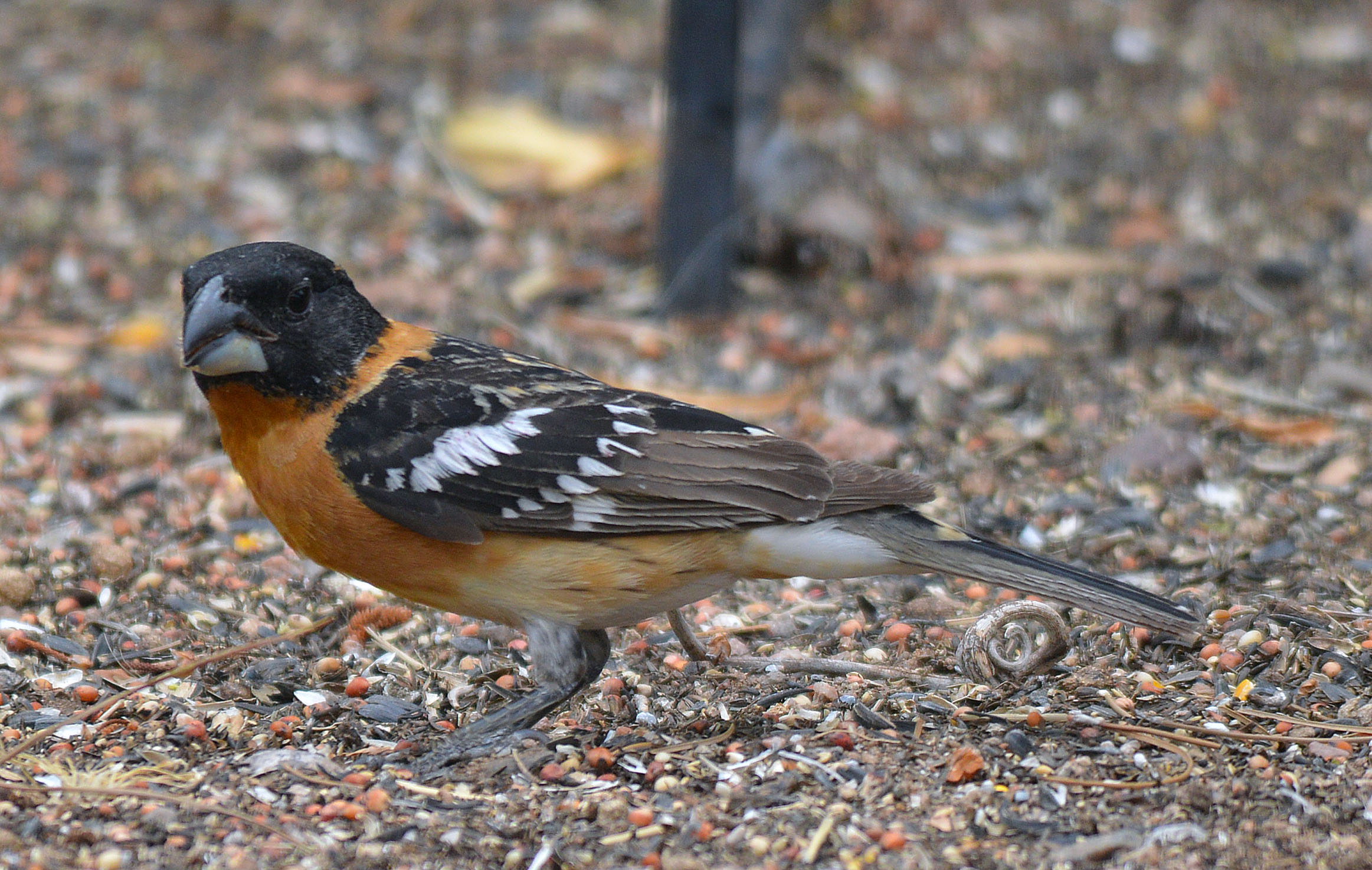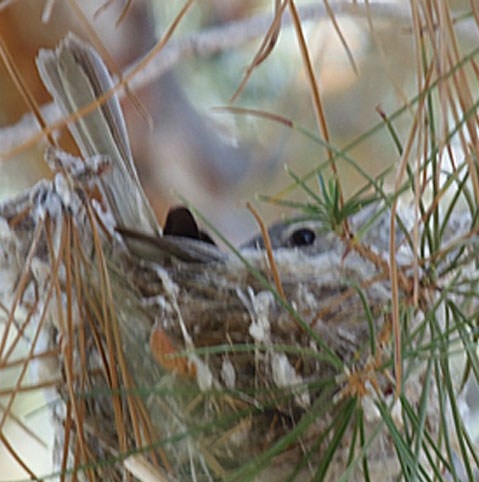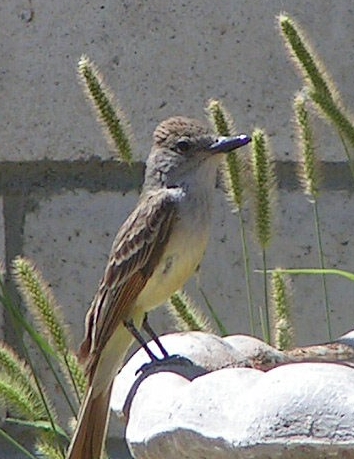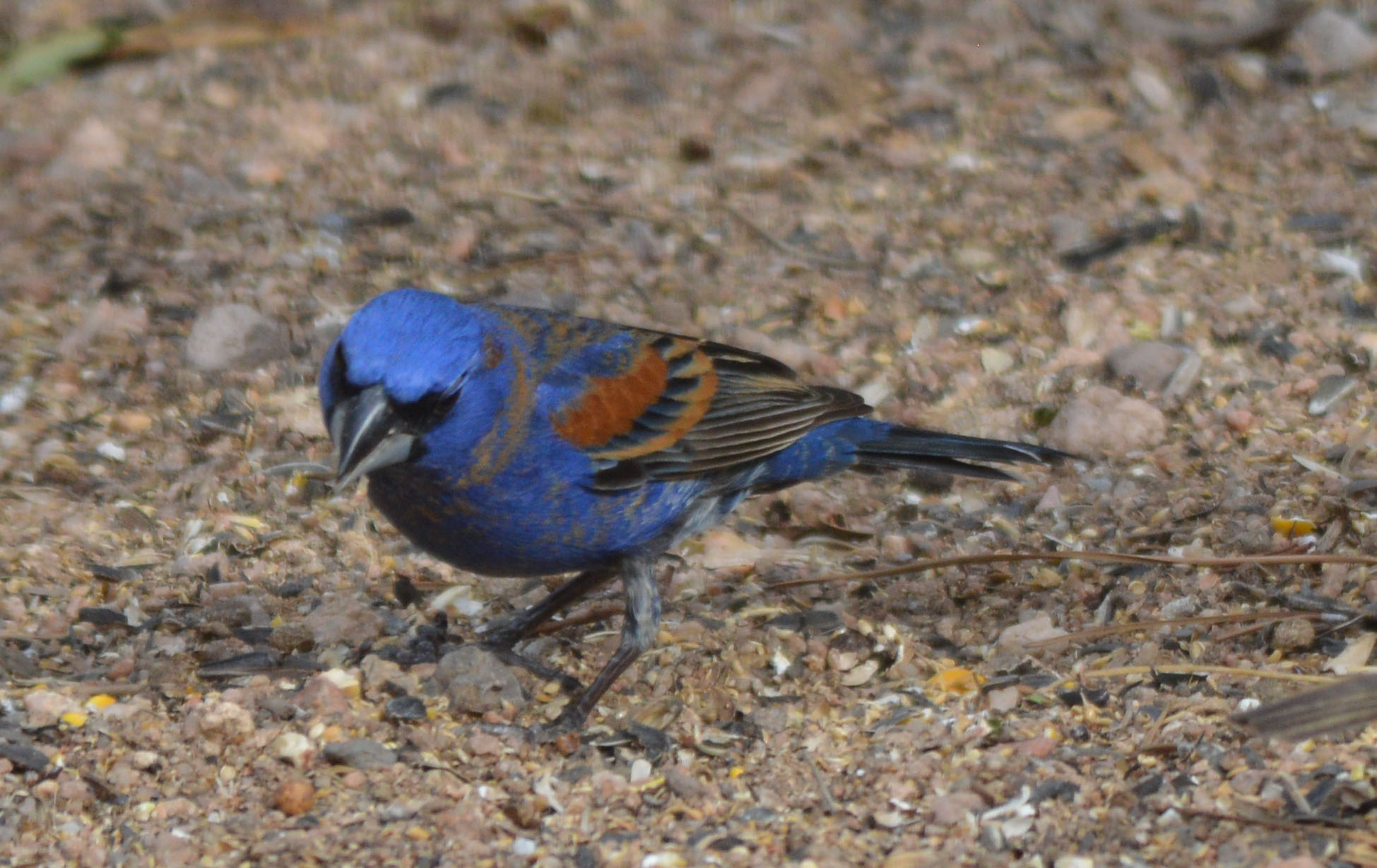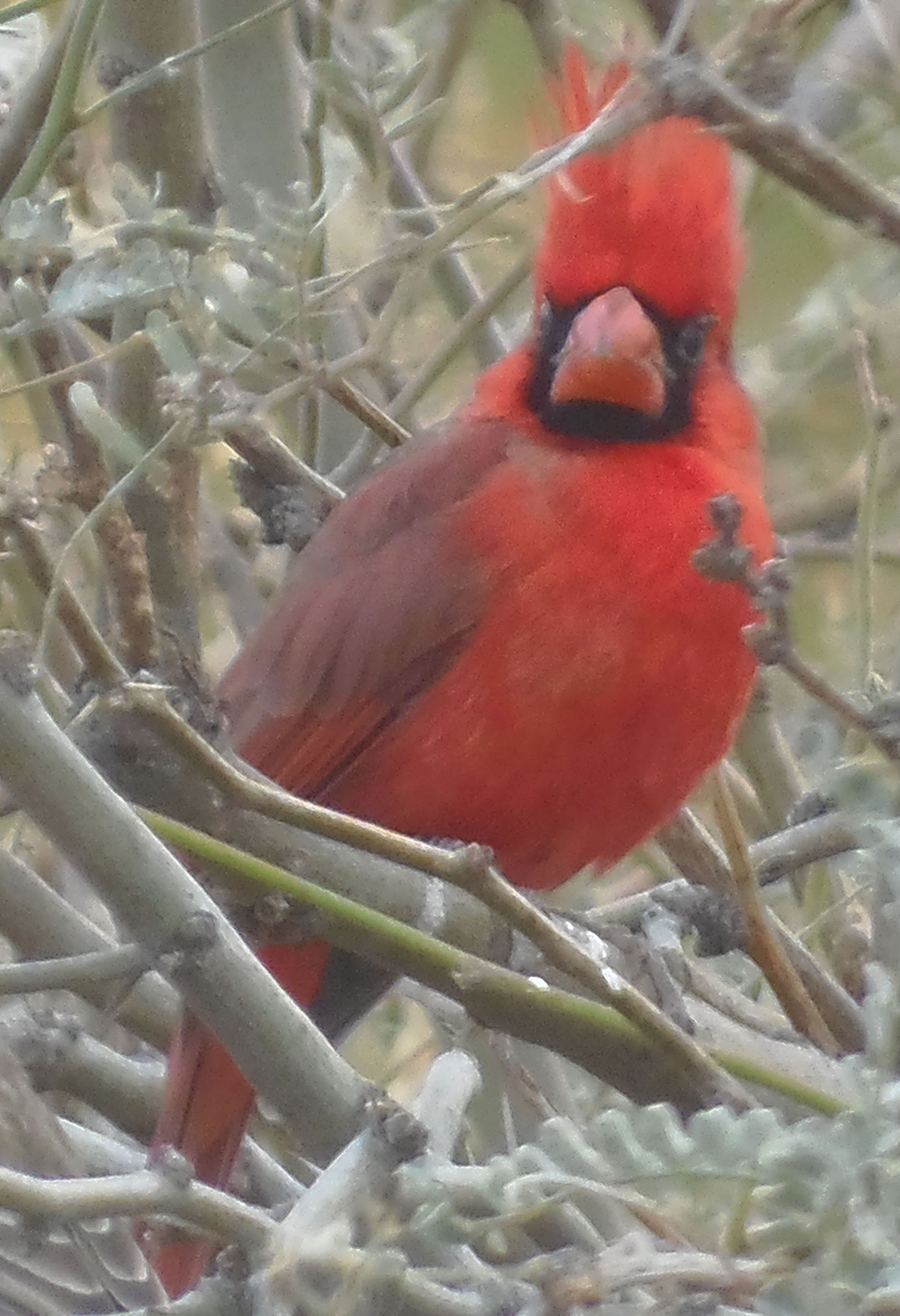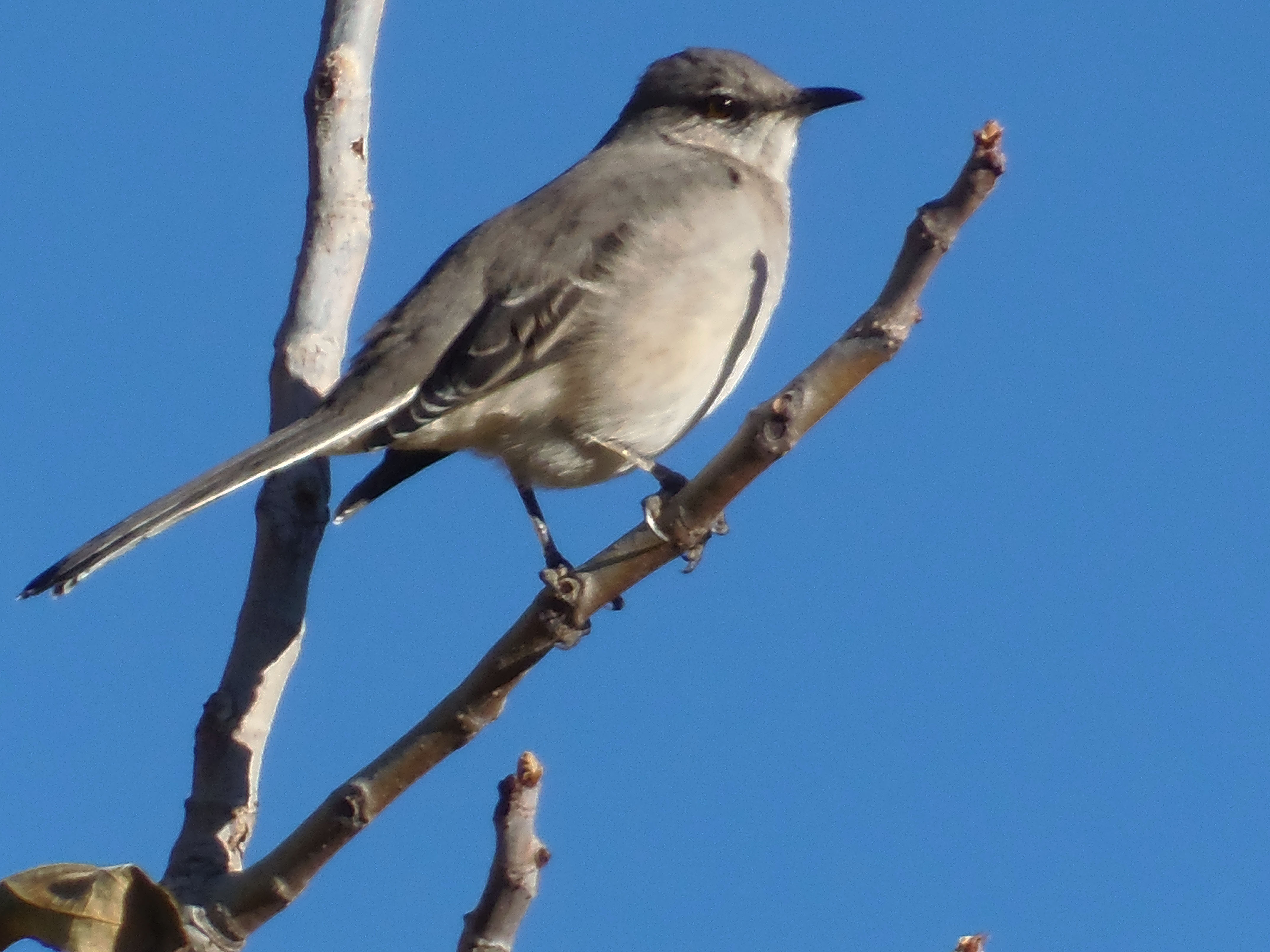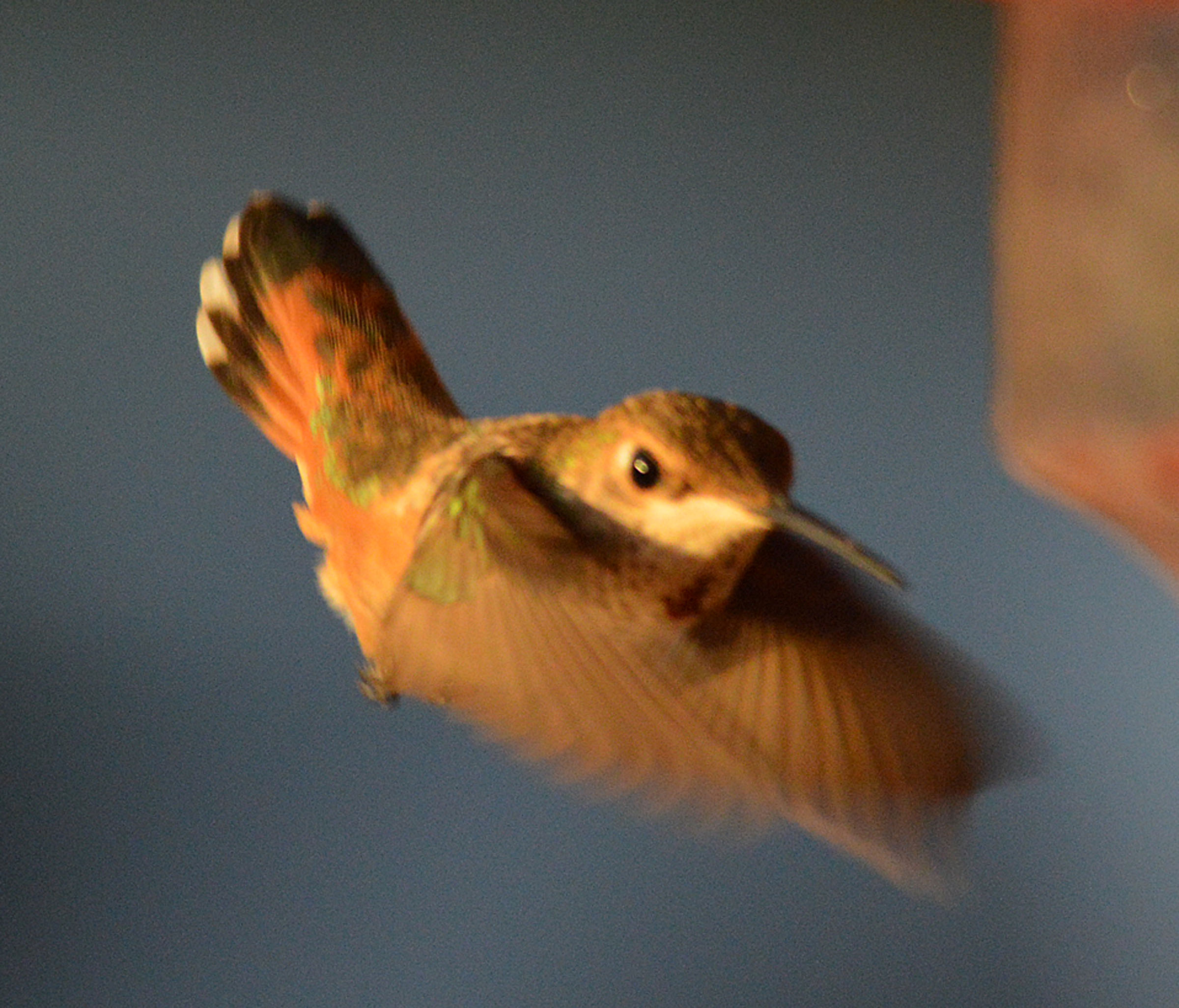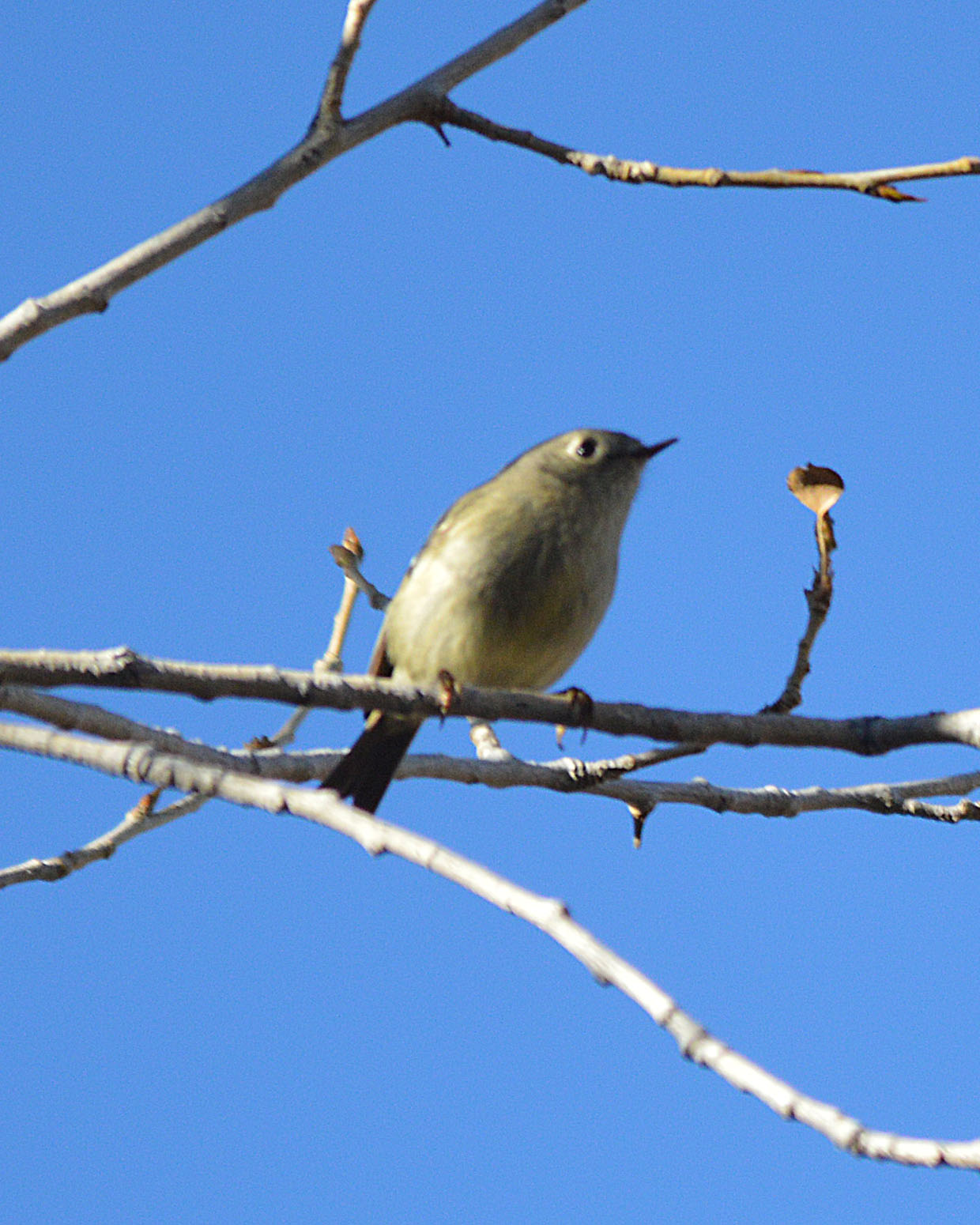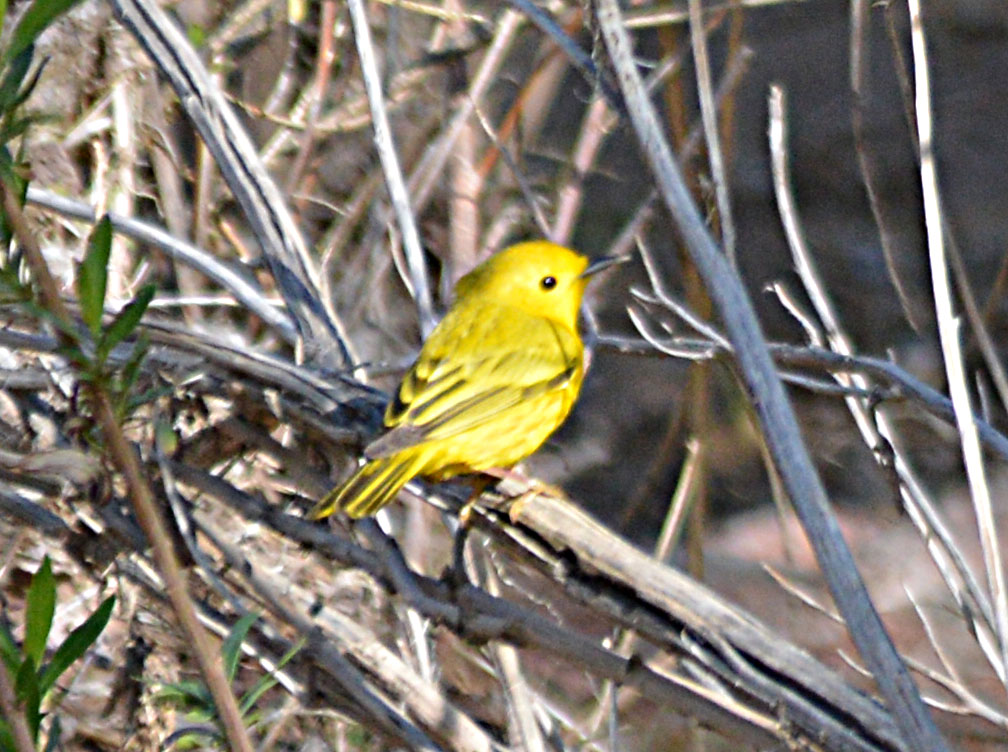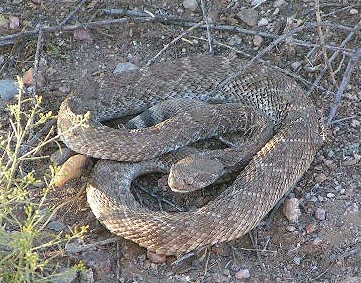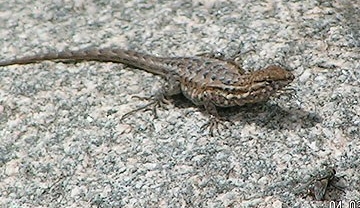INTRODUCTION
The Willow Creek Riparian Preserve is co-owned and managed by Bob and Julie. The 10 acre parcel is adjacent to and south of their home office. When they purchased their home on 5-acres they couldn’t wait until the day when they could purchase at least the 10-acres behind them that included the creek, cottonwood and willow trees, and upland desert habitat. Although the property had been cattle grazed for more than 150 years they could see the true potential of this parcel restoring itself back to a mature and functioning riparian corridor. Their direct experiences in reviewing, analyzing, and managing mitigation bank sites in Southern California played a large role in this future vision.
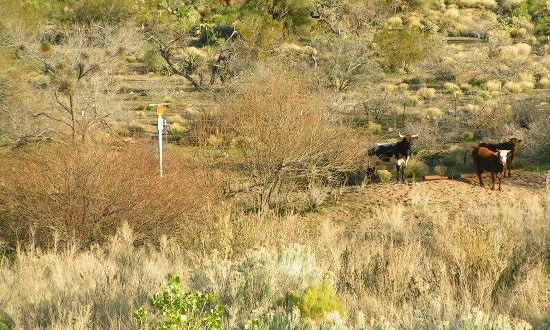


Bob and Julie had hoped to turn this parcel into the first privately owned U.S. Army Corps of Engineers mitigation bank for project impacts to Waters of the U.S. in the Mohave County area. However, after a long 2 year process with the Corps it was determined that the Corps neither had the staff nor the expertise to be in the mitigation banking business. The Corps continues their in-lieu fee program to this day.
So, with that dream dashed, Bob and Julie decided that they would continue to love the property, take care of the property, watch it grow and change, and collect data.
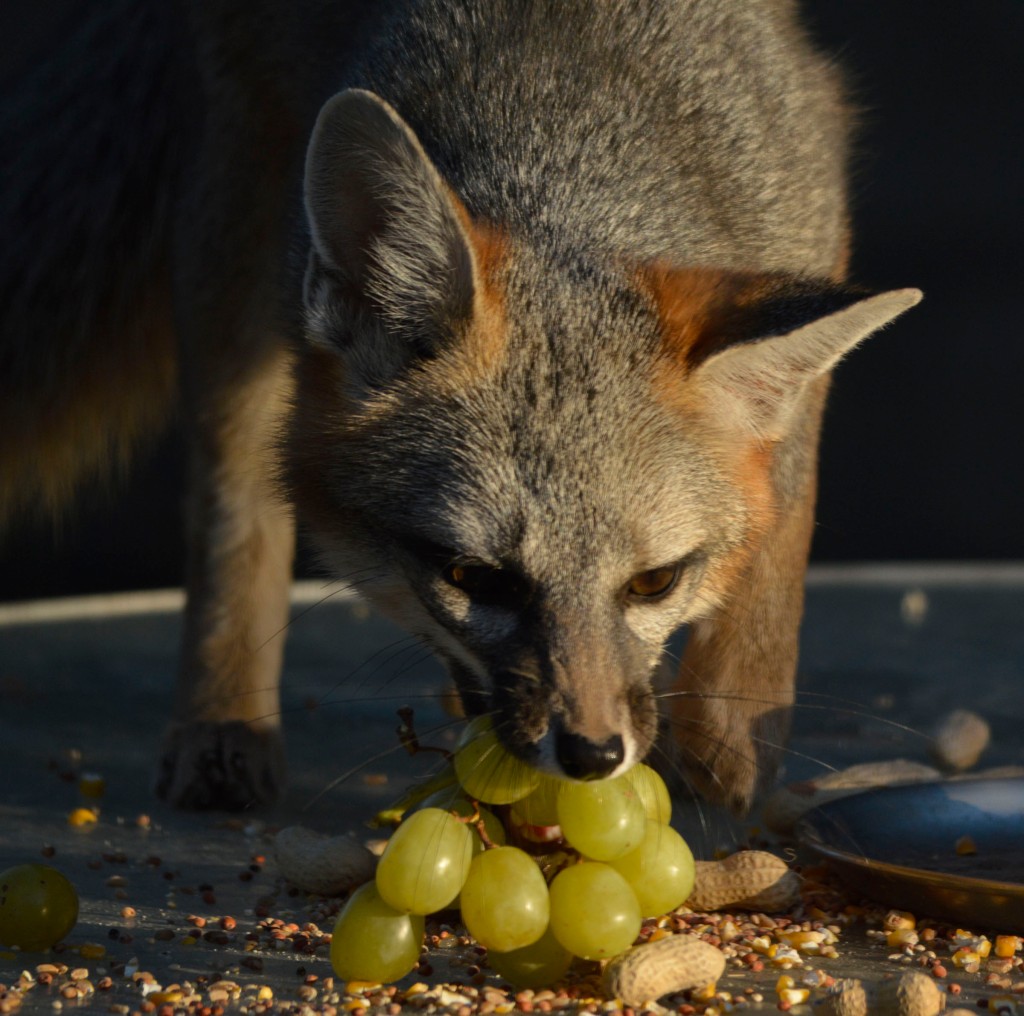
DATA COLLECTION
Bird surveys began in 2004 and continue to present. Small mammal trapping began in 2008 and continues to present. Amphibian and reptile surveys and observations are conducted routinely. Botanical species identification and photographing are conducted on a seasonal basis.
The following power point presentations were given at the following professional conferences, symposia, or workshops. These presentations are the culmination of data collected between 2004 and 2018:
51st Joint Annual Meeting of the Arizona – New Mexico Chapters of The Wildlife Society in Flagstaff, AZ on February 3, 2018
44th Annual Desert Tortoise Symposium in Tucson, AZ on February 21, 2019
12th North American Forest Ecology Workshop in Flagstaff, AZ on June 27, 2019
68th Annual Meeting of the Western Section of The Wildlife Society, Online Virtual Presentation on February 5, 2021
WillowCreekRipPres-TWS-Feb2018
WillowCreekRipPres-DTC-Feb2019-Final
If you are interested in birds, here is our up to date bird list (through 2019):
Birds Migratory-Resident – WillowCreek_2004-2018
Birds Migratory-Resident – WillowCreek_2004-2019
As well as some amazing photos!
The Preserve has many different species of Reptiles and Amphibians – here are some photos of the wide array found here:
HISTORIC AND CULTURAL HISTORY OF THE AREA
The Preserve is also a key location within the history of Arizona. The road to our property is part of the historic Hardyville-Prescott Toll Road which was used to transport goods and livestock from the Colorado River at Hardyville (now known as Bullhead City) to Fort Whipple in Prescott. The Toll Road was active between 1860 and 1880 and was eventually replaced by the now famous State Route 66, formerly known as the Beale Wagon Road. Shortly before the turn of the century the Atchinson-Topeka railroad was built paralleling portions of the Beale Wagon Road.

Our property and the surrounding parcels of land contain may clues as to the common use of this area by travelers and users of the Toll Road as well as the presence of the U.S. military. During this time, Camp Willow Grove, a U.S. Cavalry encampment located northeast of the Preserve, provided protection from raiding Native American tribes, namely the Hualapai and the Yavapai. Our particular site was most likely a weigh station and/or a location for travelers and livestock to rest, eat, stay overnight, repair wagons, and re-shoe horses, mules, burros, and oxen. It may have also served a small contingent of U.S. Cavalry. Many artifacts from china to glass bottles and pitcher handles, harness and buggy springs and leather working tools and rasps have been found.
This period of time, although seen as part of the expansion of the United States, was also a period of time in which the capture, incarceration, killing, and displacement of Native Americans occurred on a daily basis over decades of time. For a complete history of this time period and how the Native American tribes and clans were treated in this area please read the following two books:
- We Are An Indian Nation, A History of the Hualapai People by Jeffrey P. Shepherd, The University of Arizona Press, 2010
- Making Indian Law, The Hualapai Land Case and The Birth of Ethnohistory by Christian W. McMillen, Yale University Press, 2007.
Prior to the occurrence of the United States’ westward expansion, the Hualapai Tribe (People of the Tall Pines) inhabited this area. The Preserve and surrounding area include many artifacts, features, and petroglyphs as a testament to this occupation.










